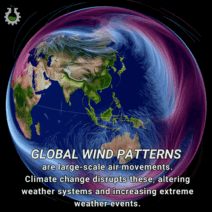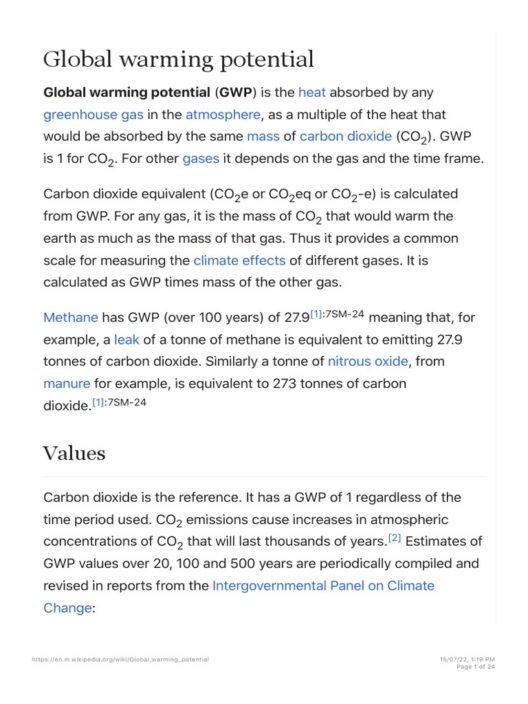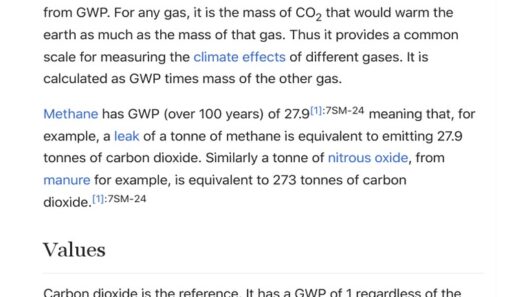Global warming represents one of the most significant existential crises facing humanity today. As the planet’s average temperature continues to rise, driven primarily by anthropogenic greenhouse gas emissions, it prompts urgent discourse around whether we are indeed running out of time to mitigate its catastrophic impacts. Understanding global warming necessitates examining its causes, its multifaceted consequences, and the preventative measures that can be instituted to combat this pressing issue.
The greenhouse effect, a natural phenomenon, has been exacerbated by human activities such as fossil fuel combustion, deforestation, and industrial processes. The primary culprits include carbon dioxide (CO2), methane (CH4), and nitrous oxide (N2O). These gases trap heat in the atmosphere, leading to an increase in global temperatures. Since the late 19th century, the Earth’s surface temperature has risen approximately 1.2 degrees Celsius (2.2 degrees Fahrenheit). This seemingly modest rise carries profound implications, as it catalyzes significant alterations in climatic patterns.
Among the myriad consequences of global warming, one particularly alarming outcome is the increase in frequency and intensity of extreme weather events. Hurricane seasons are becoming more ferocious, droughts are proliferating, and heatwaves are now not only more common but also more prolonged. These patterns disrupt agriculture, threaten food security, and exacerbate existing social inequities. Regions that are less resilient to climatic fluctuations may face increased instances of famine and displacement. The International Organization for Migration forecasts that, by 2050, over 200 million people could become climate migrants, seeking refuge from uninhabitable landscapes.
Furthermore, global warming contributes to the melting of polar ice caps and glaciers. This process results in rising sea levels, which threaten coastal communities worldwide. The Intergovernmental Panel on Climate Change (IPCC) predicts that, by the end of this century, sea levels could rise by up to 1 meter (3.3 feet) if current trends continue unabated. Urban centers, such as Miami, New Orleans, and Jakarta, are already experiencing the ramifications of flooding and land loss. Inhabitants of these regions may be compelled to abandon their homes, leading to societal upheaval and resource scarcity.
The ramifications extend beyond physical geography and infrastructure; they encompass biodiversity loss as well. Ecosystems, particularly those that are already fragile, such as coral reefs and wetlands, are under siege from increasing temperatures and changes in precipitation. Species that fail to adapt rapidly to these shifts face extinction. A recent report estimates that up to 1 million species are at risk of extinction, with cascading effects on biodiversity and ecosystem services that humans rely upon for clean air, fresh water, and food production.
Combatting global warming necessitates a multifaceted approach, incorporating technological innovation, policy reform, and grassroots activism. Transitioning to renewable energy sources is critical. Wind, solar, and hydropower can dramatically reduce reliance on fossil fuels. Countries like Denmark have made impressive strides in harnessing wind energy, demonstrating that a green transition is possible. It requires robust investments and political will, yet the long-term benefits are substantial.
Energy efficiency plays a pivotal role in reducing carbon footprints. Upgrading infrastructure, improving building codes, and embracing sustainable design principles can lead to significant declines in energy consumption. In a similar vein, electric vehicles represent a promising shift away from traditional gasoline-powered transport. Encouraging mass transit and creating walkable urban environments can mitigate greenhouse gas emissions stemming from the transportation sector.
Aside from technological solutions, policy frameworks must be robust and enforceable. The Paris Agreement is one such international treaty aimed at uniting countries in their commitment to limit global warming to well below 2 degrees Celsius. Successfully implementing such treaties requires nations to honor their commitments and facilitate mechanisms for accountability. Carbon pricing, such as carbon taxes or cap-and-trade systems, can incentivize companies to reduce their emissions and invest in sustainable practices.
Furthermore, public awareness and grassroots movements serve as catalysts for change. Activist organizations mobilize communities, disseminating information and advocating for policies that prioritize ecological health. The youth climate movement exemplifies how passionate individuals can galvanize support and demand immediate action from policymakers. Education plays a crucial role, as fostering a deeper understanding of environmental issues can compel individuals to adopt more sustainable lifestyles, decreasing their ecological footprints.
In conclusion, the sobering reality of global warming indicates that we face a critical juncture in history. As average global temperatures continue to rise, the consequences loom ever larger. From extreme weather events to widespread ecological disruptions, the stakes are high. Yet, there remains a window of opportunity—a chance to mitigate the worst ramifications of climate change through comprehensive action across multiple sectors. Governments, businesses, and individuals alike must coalesce around the imperative to act decisively. The question persists: are we running out of time? The answer lies in our collective resolve to embrace sustainability and foster a healthier planet for generations yet unborn.







